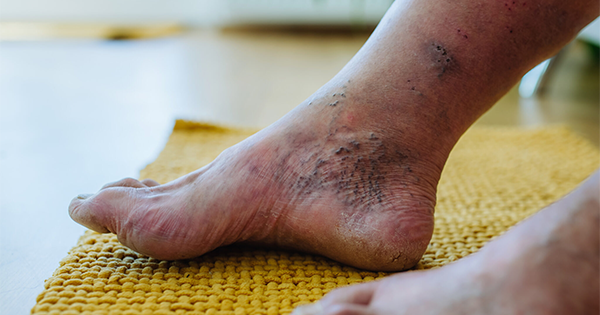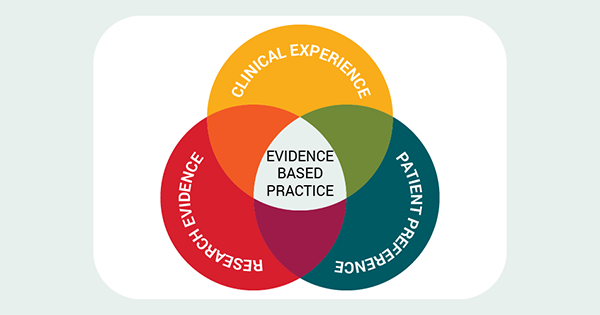Previous articles in this series have considered the use of observation as a research method in qualitative research. Qualitative observation entails capturing how people behave in their natural environments, which in the case of health and social care is usually a hospital, care home or community setting. It is important to note that observation is about how people behave and not what they say they do – which is captured in interviews and focus groups. In this way observation is quite different to any other form of data collection method in qualitative research.
Observation can be used as a data collection method alongside other approaches when the topic under investigation is complex, or a significant amount of depth is required in the research data collection process.
Additionally, qualitative observation might be overt or covert. Overt qualitative observation is more common in health and social care and the data collection period might be quite short if little depth is required, or very protracted if extensive data is needed.
An issue associated with data collection using qualitative observation is that it is hard to remain focussed and objective. It was found that where an observer is embedded in a team for a period, they risk taking on the values of the group making observation even more difficult to undertake objectively.
This article explores observation as a research method in quantitative research.
What is quantitative observation?
Quantitative research, in general, seeks to quantify or numerically examine a phenomenon (Polit and Beck, 2020). In health and social care, the ‘phenomenon’ in question relates to health and wellbeing or a treatment, e.g. the rate of healing of a venous leg ulcer.
Some quantitative research methodologies involve the researcher doing something to see what happens, this is termed experimental research, e.g. randomised controlled trials. Other research methodologies are observational in nature and do not involve the researcher changing the natural progression of a phenomenon, e.g. cohort and cross sectional (prevalence) studies (Celentano and Szklo, 2020).
It is important to recall that observation, in the sense that we are considering it here, is a research method used as a means of collecting data; as such, observation may be used within a variety of research methodologies.
As a methodology, observation in quantitative research can be used to:
- Describe and compare groups at a large scale, e.g. looking at the prevalence of disease at population level
- Measure the impact of an intervention, e.g. a new dressing regime
- Measure the impact of a change in quasi experiments – experiments where the researcher does not control all the variables
- Quantify some behaviour or intervention in a real-world setting, e.g. how long it takes for a person to be given pain relief when visiting the emergency room.
Why use quantitative observation?
Quantitative observation is used when the researcher wants to be able to numerically describe the phenomenon (Ellis, 2022). For example, a qualitative observation might describe the circumstances under which someone is offered pain relief, while a quantitative observation might collect data on the level of pain experienced before and after taking pain relief, as well as timing how long it takes for the pain relief to be offered.
As a rule, a quantitative researcher uses observation when they want to use the research to:
- Uncover and quantify the ordinary details of something
- Observe something in an unbiased way
- Collect data in a structured way
- Predict or generalise something.
Types of quantitative observation
There are several ways in which quantitative observation can be used as a method. In each variation, it is important that there are parameters and descriptions as to what is being observed and how it is being measured and recorded. This contrasts with qualitative observation which is used to observe what is seen without any preconceptions.
One example of quantitative observation is systematic observation. Systematic observation is used to count how often a particular phenomenon is observed. The phenomenon is well described, and observers are trained to only count the phenomenon as described. Here, interrater reliability is the level of agreement in counting and describing between individuals observing the same phenomenon (Parahoo, 2014), e.g. how many times a nurse washes their hands during an aseptic procedure. It is important that the count is undertaken in the same way to allow the findings to be generalised to the wider population (Polit and Beck, 2020).
Quantitative observations might also be used as part of case study research involving an individual or group of people who are observed repeatedly over a period of time, where the outcomes are to be generalised. An example might be a case study approach to look at the workflows in a wound care clinic, using observations to quantify the amount of time taken treat patients in different parts of the clinic.
How is quantitative observation undertaken?
Researchers undertaking quantitative observation usually use structured sampling approach and some form of proforma to standardise data collection (Ostrov and Hart, 2013). In studies involving more than one observer, the study structure is adapted to improve its interrater reliability. For quantitative observation the proforma is most commonly an observation checklist.
A quantitative research checklist contains the items which the individual is to observe. These items, and the manner of the observation are well defined, be that a tick box or assigning a score to the observation.
When initially designing a checklist, it may be helpful to undertake a preliminary observation in a similar environment, recording all observations in field notes. These observations may then be transformed into declarations which are counted using the finalised checklist during later observations.
Pros and cons of quantitative observations
Quantitative observation can be very straight forward to undertake, and therefore can be done on a very large scale. Additionally, as quantitative observations are systematic and objective, and the variables involved are well defined, the observations are easy to replicate and are therefore reliable. Due to their potential scale and reliability, quantitative observational studies are generalisable, making them useful to guide practice and develop policy. The reliability and validity of research involving quantitative observations can also be assured as the data can be statistically analysed. The validity of quantitative observational studies can be further increased, further adding to the evidence-base through replication by other researchers due to the well-defined observations.
While quantitative observational studies have several advantages, they are limited in their scope. For example, they can only capture things which are quantifiable and not what people think or feel. Quantitative observation can lead to oversimplification of a phenomenon. This is because the observations are all pigeon-holed and there is limited opportunity for the researcher to apply discretion or adapt what they are recording based on what they see in front of them. Like all quantitative research, quantitative observational studies also run the risk of bias. For example, data collection may be subject to selection bias (the research environments are chosen for biased reasons), and the collection tool may not include everything it should, and there is always the risk that the observer will miss some things or fail to record items.
Conclusions
This article has considered differences between qualitative and quantitative observational research. Quantitative research has been identified as research which uses quantitative observation to numerically describe a phenomenon. Quantitative observation can be used to describe groups, interventions, changes and behaviours depending on what the researcher is studying. This paper has also discussed how quantitative observation is used to collect data in a structured and systematic way, while minimising bias and creating the conditions necessary to generalise the results. Data collection usually involves some form of checklist which standardises data collection and might be used to improve interrater reliability. Quantitative observations can be analysed using statistics and as they are generalisable, the data can be used to create policies. Quantitative observation can be biased if the researchers are not careful to control it and this might make the findings less reliable. This paper has also alluded to the fact that quantitative observation can miss things which are important, such as what people think and feel about a particular situation — this is why mixed methods, e.g. studies using quantitative and qualitative observation, are often important in health and social care research.







